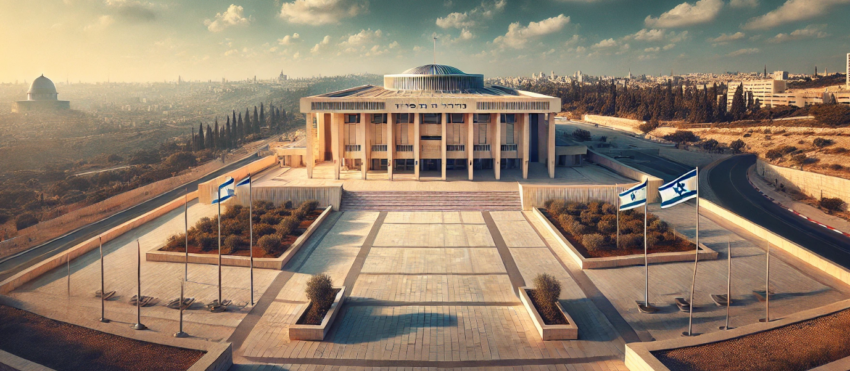| Listen to our audio presentation: History of the US Supreme Court |
Tensions between Iran and Israel reached a critical point on October 1, 2024, when Iran launched a barrage of 180 missiles at Israel. This escalation comes just days after Israel’s military killed a Hezbollah leader and sent troops into southern Lebanon. According to The Wall Street Journal, while many of the missiles were intercepted by Israel’s Iron Dome defense system, impacts were reported in both central and southern regions of the country. Israel quickly signaled plans for a potential retaliation.
- Iran launched 180 missiles at Israel, escalating tensions in the Middle East.
- Israel’s Iron Dome intercepted most missiles, though impacts were reported in central and southern Israel.
- Iran warned of “crushing” retaliation if Israel responds militarily to the attack.
- The missile strike followed Israel’s killing of Hezbollah’s leader and military actions in Lebanon.
- Ongoing Israeli airstrikes in Gaza have caused significant casualties, intensifying the conflict further.
Retaliation and Iranian Warnings
Iran, through its Islamic Revolutionary Guard Corps (IRGC), warned Israel that any retaliatory action would result in “crushing” attacks, as Al Jazeera reported. The IRGC stated that the missile barrage was in direct response to the killing of Palestinian, Lebanese, and Hezbollah leaders by Israel. Iranian officials aimed to project strength, while experts suggested that they may not be seeking a full-scale confrontation.
The missile strike followed an earlier Israeli operation in Lebanon. Israeli forces briefly entered southern Lebanon for what they described as a “limited” raid, a move denied by Hezbollah. Prime Minister Najib Mikati of Lebanon warned that his country was now facing “one of the most dangerous phases” in its history, further highlighting the region’s volatile state.
Missile Interception and Damage Control
Israel’s defense forces reported that the Iron Dome successfully intercepted a large portion of the missiles, limiting the impact on its cities. As The Times of Israel noted, the IDF confirmed that there were only “isolated impacts” and no significant damage to military capabilities. The U.S. also played a role in defending Israel, helping detect and intercept missiles targeting Israeli airspace.
However, the missile strike followed a deadly incident earlier in the day in which six Israelis were killed in a shooting near Jaffa, further intensifying public concern. Israeli authorities confirmed that the two gunmen involved were “neutralized.”
A Broader Regional Impact?
This latest missile attack adds to the already growing conflict in the region. Ongoing Israeli airstrikes in Gaza have resulted in heavy Palestinian casualties, with Al Jazeera reporting at least 41,000 Palestinians killed and over 96,000 injured since the conflict reignited in October. In response, Hamas praised Iran’s missile attack on Israel, further fueling fears of an expanding war.
In Israel, more than 1,100 people have died since Hamas-led attacks in early October, and over 200 individuals remain held captive. The conflict has drawn international attention, with UN Secretary-General Antonio Guterres condemning the escalation, though his statement notably avoided direct criticism of Iran.
As both Israel and Iran continue to trade threats, the potential for a broader conflict looms large. Military analysts are closely watching how Israel will respond in the coming days, with further airstrikes or ground incursions into Lebanon or Gaza being considered. At the same time, the international community remains deeply concerned about the possibility of the conflict spilling into neighboring countries.
The ongoing missile exchanges between Israel and Iran mark a dangerous escalation in the Middle East, one that threatens to pull more countries into the conflict. With no signs of de-escalation, the situation remains tense as both nations prepare for what could be an even more volatile chapter in the region’s history.

